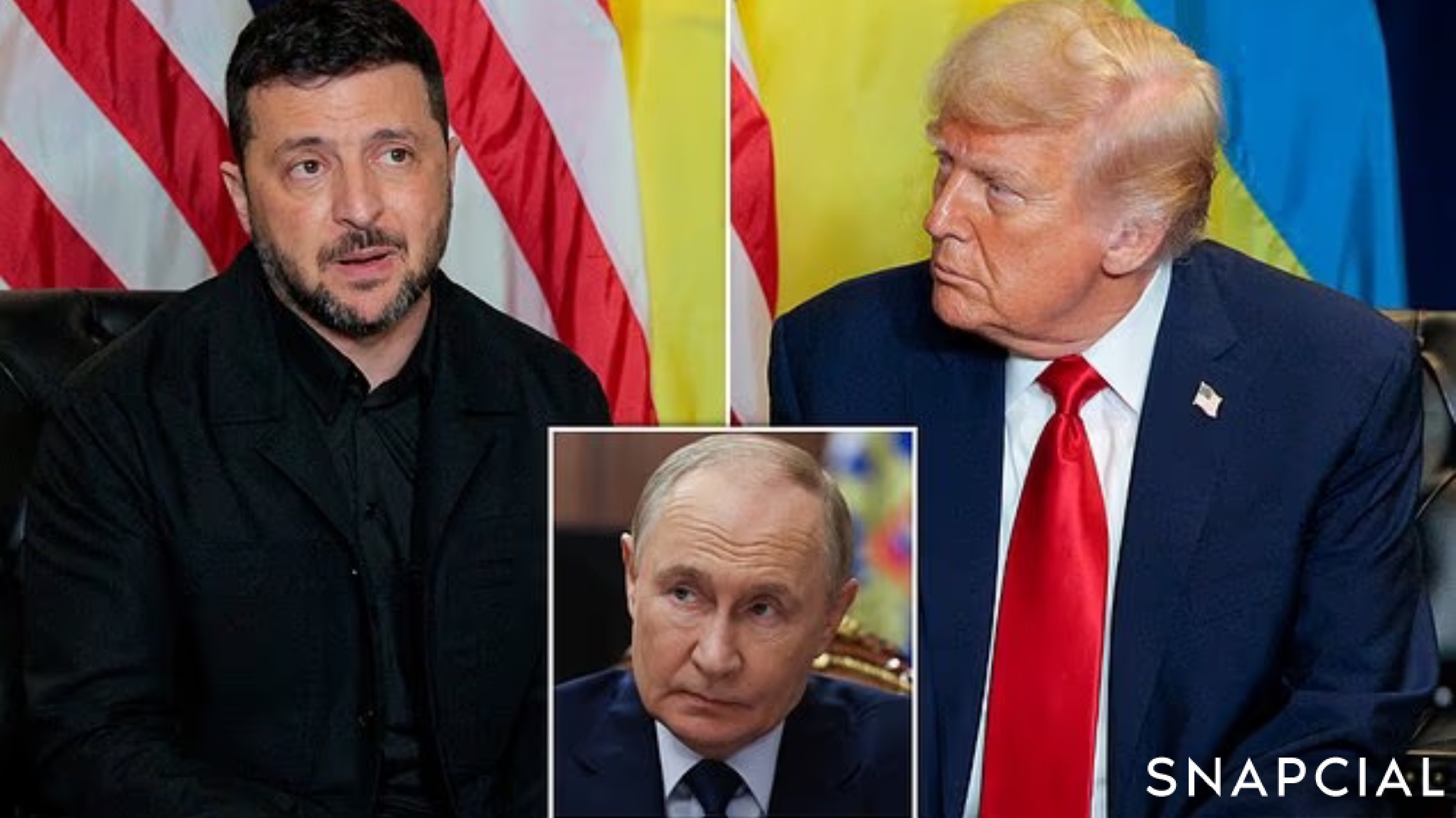NEWS
Trump gives NATO the green light to shoot down Russian jets in sinister warning to Putin

In a sharp escalation of diplomatic rhetoric, President Donald Trump has publicly endorsed the idea that NATO member states should shoot down Russian aircraft if they violate their airspace. The remark, delivered during a meeting with Ukrainian President Volodymyr Zelenskyy on the sidelines of the UN General Assembly, marks one of the most militarily daring statements in recent months. When asked directly whether allies should take that step, Trump answered: “Yes, I do.” He did, however, stop short of promising automatic U.S. involvement, adding that it would “depend on the circumstance.”
What Sparked the Statement
Several recent incidents created the backdrop for Trump’s declaration:
- Airspace Violations: Russian fighter jets, including MiG-31s, reportedly breached Estonian airspace.
- Drone Incursions: Multiple Russian drones entered NATO member airspace, including Poland and Romania, triggering defensive responses.
- Heightened Tensions: NATO leaders have become increasingly concerned about deliberate provocations or miscalculations along the alliance’s borders.
What Trump Actually Said — And What He Didn’t
Trump’s statement strongly supported the principle of force against incursions but left much unsaid:
- He endorsed shooting down violating aircraft.
- He did not explicitly commit U.S. forces to always respond. His support was conditional and situational.
- He left ambiguous what level of violation would trigger such a response — whether minor incursions or only deliberate provocations.
Potential Implications
1. Escalation Risk
Authorizing NATO forces to shoot down Russian aircraft risks immediate escalation. Even a single incident could spiral into retaliation and a broader conflict.
2. Ambiguity in Rules of Engagement
Unclear definitions of what counts as a violation could lead to inconsistent or mistaken responses, increasing the chance of miscalculation.
3. Pressure on NATO Allies
Some allies may feel compelled to adopt more aggressive air defense postures, while others might push for caution to avoid escalation.
4. Russian Reaction
Moscow is likely to see the statement as provocative. Russia could respond with increased air patrols near NATO borders or more deliberate testing of alliance defenses.
5. Domestic Political Significance
For Trump, this rhetoric bolsters his image as a tough defender of NATO borders and Ukraine. It signals to both U.S. voters and allies that he intends to stand firm against Russian aggression.
Why It’s More than Just Words
Such statements can shape real-world policy. NATO forces may adjust their rules of engagement, enhance intelligence monitoring, or heighten readiness levels to prepare for potential airspace confrontations. These changes could move the alliance closer to direct confrontation with Russia.
Verdict: A Warning Shot… or a Green Flag?
Trump’s declaration functions as both a warning and a test. To Moscow, it says: crossing NATO boundaries could result in a deadly response. To NATO allies, it demands unity and preparedness. The ambiguity — whether it’s a symbolic warning or a genuine operational directive — ensures that this statement will echo in both diplomatic circles and military planning rooms for weeks to come.












